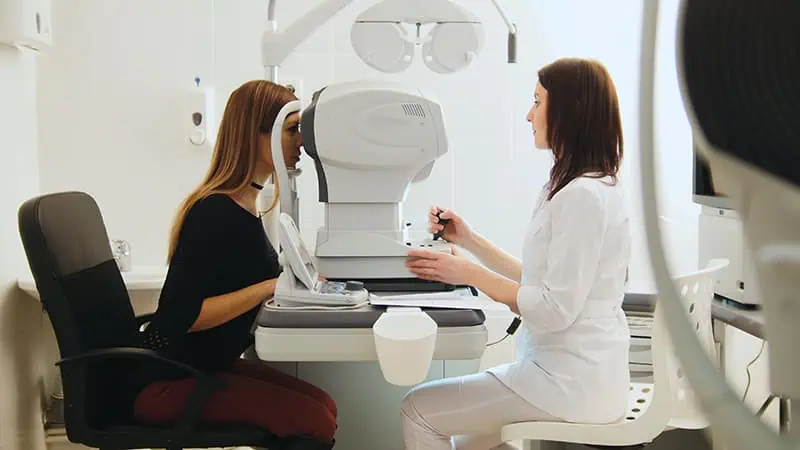
Issue 6/2024
Mihova, Т., Grupchev, D., Grupcheva, H.
„USBOBAL – Varna“ EOOD; Medical University Varna
Keratoconus is a progressive disorder of the anterior corneal surface and begins at a young age. In the early stages, when there are no clinical signs, diagnosis depends on the interpretation of the results of new technologies (topography, tomography and OCT) by trained specialists. Using artificial intelligence in image analysis allows for different analysis and interpretation, which places the diagnosis at a subclinical stage and has the potential for early diagnosis and timely treatment. Early identification of keratoconus is important not only for a correct therapeutic approach, but is a key screening method before refractive surgery in order to reduce the risk of iatrogenic corneal ectasia.
The present study is based on a meta-analysis of the published literature in order to identify and analyze the capabilities of AI for the early diagnosis of keratoconus. Future integration of large databases and critical clinical judgment will help bring this technology into ophthalmic practice. The full implementation of AI will lead to fundamental changes in clinical ophthalmic diagnosis and treatment, but it will not replace the role of the clinician in evaluating each individual case.
Key words: keratoconus, artificial intelligence, early diagnosis
Аddress for correspondation:
Mihova, T.
Medical University – Varna
76, “Tsar Osvoboditel”, Str.
9002, Varna
e-mail: Tsvetelina.Mihova@mu-varna.bg
